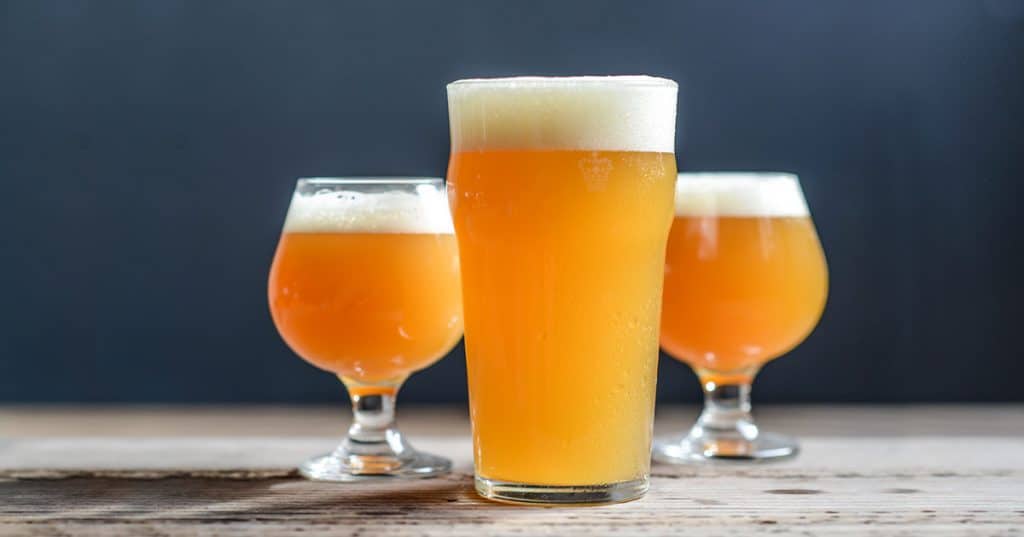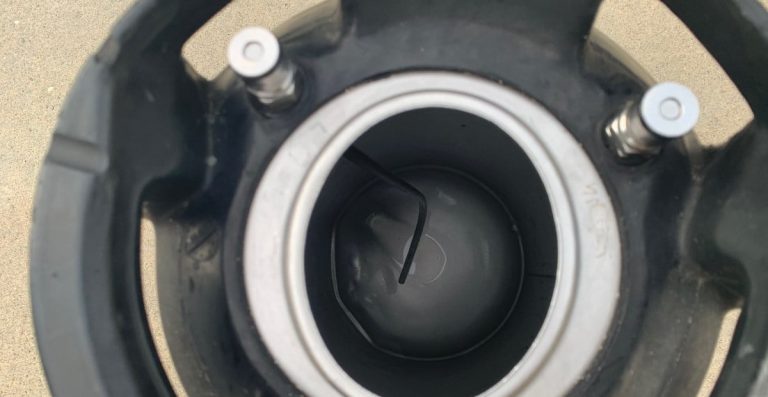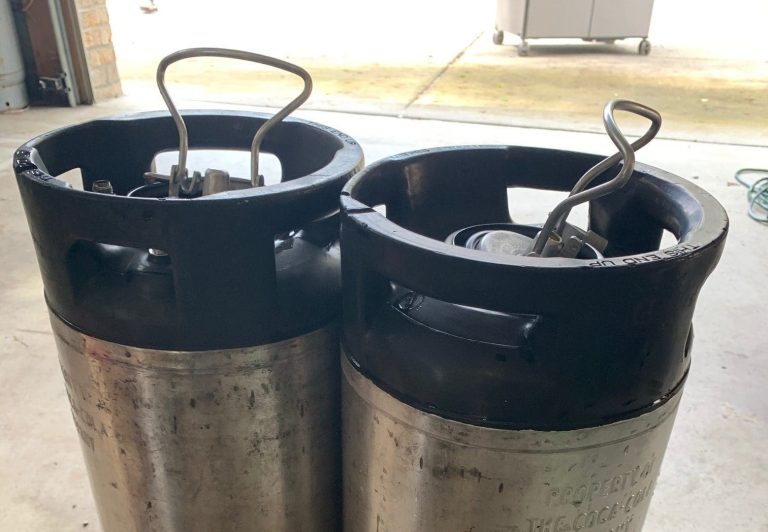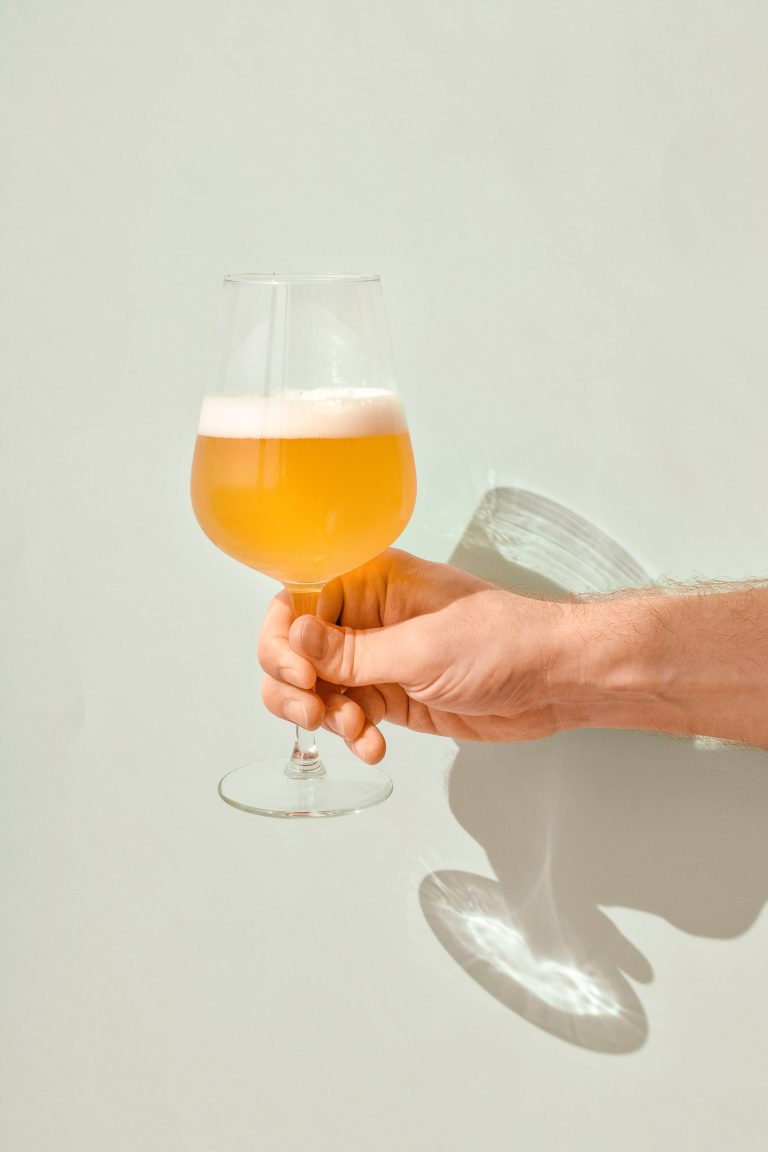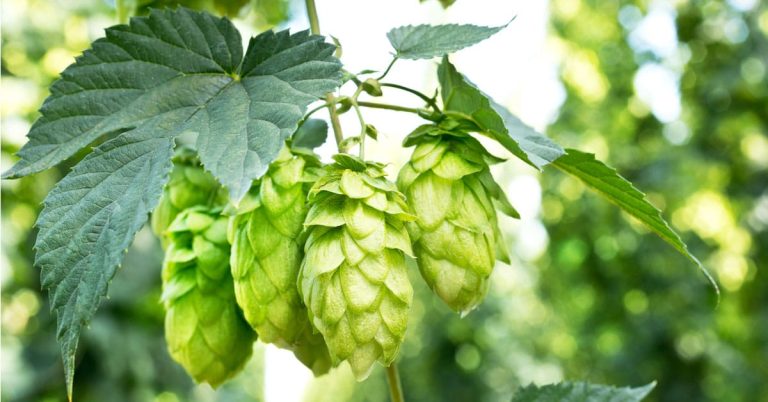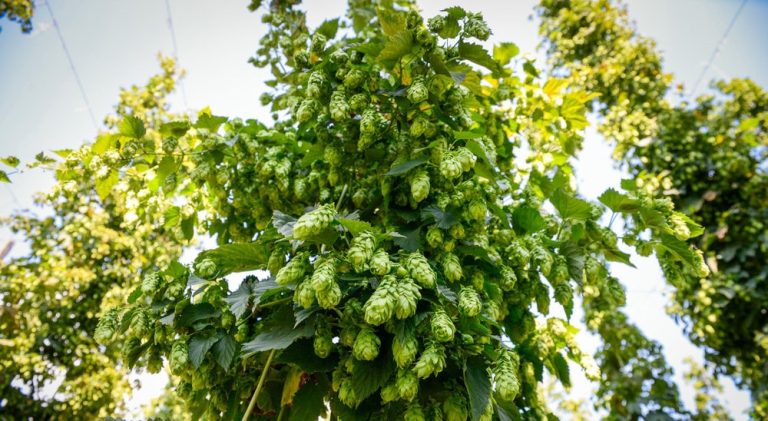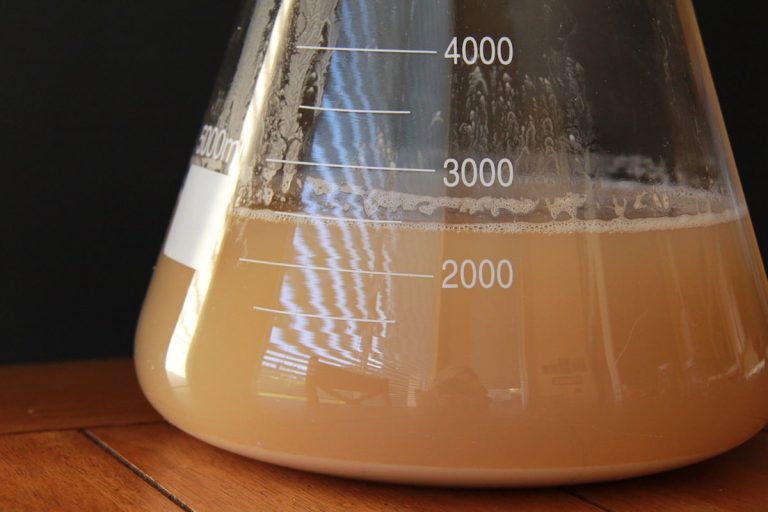Why is My Homebrewed Beer Too Sweet?
When you mash your grain bill, you create sweet wort. You’ve probably tried this wort before adding beer yeast and noticed that it is extremely sweet, almost like a watered down syrup. These sugars are what the yeast consume (ferment) to create alcohol.
However, there may be times that your home brew beer should be “done”, but it is still too sweet. No one wants to drink a glass of syrup, so you go looking for answers. Here, we’ve amassed all the different reasons why your home brew may be too sweet.
Did it Reach Final Gravity?
Yeast work to reduce the wort’s sweetness by turning all the fermentable sugars into alcohol, carbon dioxide and esters (flavors). All healthy beer yeast have a point in their fermentation process where they will stop due to a variety of factors.
Final gravity – or maximum alcohol content – is reached once the yeast strain you’re using has fermented all the sugar it possibly can. This is usually due to the attenuation percentage the yeast is rated at.
Related: Estimate ABV with our Original Gravity Calculator
If your brew has not yet reached final gravity (FG) as given by your recipe, let it sit and ferment longer. If the beer stalls and never reaches final gravity, there is probably something wrong. You can try to pitch more yeast, add yeast nutrient or check the temperature. Yeast can be finicky for sure, but if their environment is to their liking, they will always hit the expected final gravity.
Checking After Carbonation
Beer tastes sweeter before it is carbonated. Carbonation is known to increase the bitterness perception in beer, which in turn reduces the perceived sweetness. If you are concerned that your beer is too sweet, and you’ve made this determination before you’ve carbed it up, give it some time before hitting that panic button.
Is Your Mash Temperature Too High?
Mashing high converts more non-fermentable sugars into the wort. These sugars are sweet, but are not easily converted to alcohol by beer yeast, which leaves them mostly untouched.
Unless a specific beer style requires a mash temperature out of the norm, you should strive to hit around 152 °F (67 °C). While this is the most common mashing temperature, we have seen (and brewed) plenty of recipes that asked for mashing to occur anywhere between 142-160 °F.
If you mash within this temperature range for the required timeframe (60 minutes, give or take), you should be left with a wort that in chock-full of sugars your yeast will feast on.
Adjust Your Boil
A vigorous boil can also be to blame for your overly sweet beer. There are two primary reasons how you boil your wort can increase sweetness.
First, if you boil off too much water, you’ll end up with a concentrated wort. There is no exact science to tell you how hard to boil your wort to get the desired concentration, but each recipe usually provides the amount of wort that should be transferred into your fermentor.
High temperatures can also caramelize the wort, leaving behind complex sugars that will not be eaten up by the yeast. These caramel sugars are darkened by the excessive heat, which changes their complexion. Beer yeast do not break these sugars down as easily, so they are often left behind in your beer, increasing the residual sweetness. If this happened to you, you’d likely see a burnt or scorched spot on the bottom of your boil kettle, like shown in this photo.
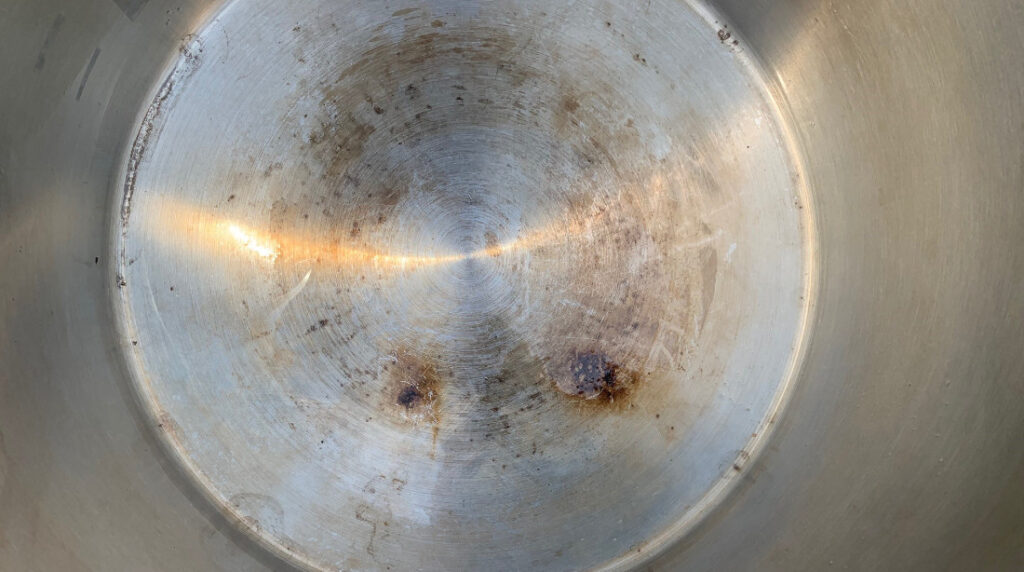
Does the Recipe Have a High Percentage of Caramel Grains?
Caramel grains – or any fermentable that starts with “cara-” or “crystal” – have higher concentrations of caramelized sugars that will leave the final beer tasting sweeter. Unlike when you create these caramelized sugars when boiling, these are created by the malsters themselves.
Usually crystal or caramel grains should only take up about 15% of your grain bill. They are usually used to add a touch of natural sweetness, darken the SRM value, increase mouthfeel and improve head retention.
Did You Add Unfermentable Sugars?
Unfermentable sugars like lactose are usually added to add body to the beer without increasing ABV. Lactose has become more popular in recent years with the creation of desert stouts and milkshake IPAs. These recipes often call for up to a pound of lactose to be added, which in-and-of-itself shouldn’t make your beer overtly sweet. It is usually the combination of the extra sugar with another aspect on this list that creates a beer that is too sweet to drink.
Add More Bittering Hops
Hop bitterness offsets sweetness. It is actually one of the main reasons for adding hops to beer. Check your recipe to make sure you didn’t miss a boil addition of hops. All hop additions are not created the same. Only the early boil hop additions add enough bitterness units (IBUs) to your beer to be noticeable. The longer the hops are boiled, the more bitterness is added.
Use a More Attenuative Yeast Strain
Each yeast strain has two values that are important to this discussion. The most obvious is attenuation, which is the percentage of sugars the yeast are expected to be able to ferment. A yeast like London Ale III is known to have a low attenuation value, which leaves more sugar behind, and are usually used for ales that want to be left with a fuller body with more sweetness… like a Stout or Double IPA.
The second important value is the yeast’s alcohol tolerance level. Some beer yeasts can only tolerate low ABVs, which will leave extra sugar behind in the final beer before the yeast tap out.
